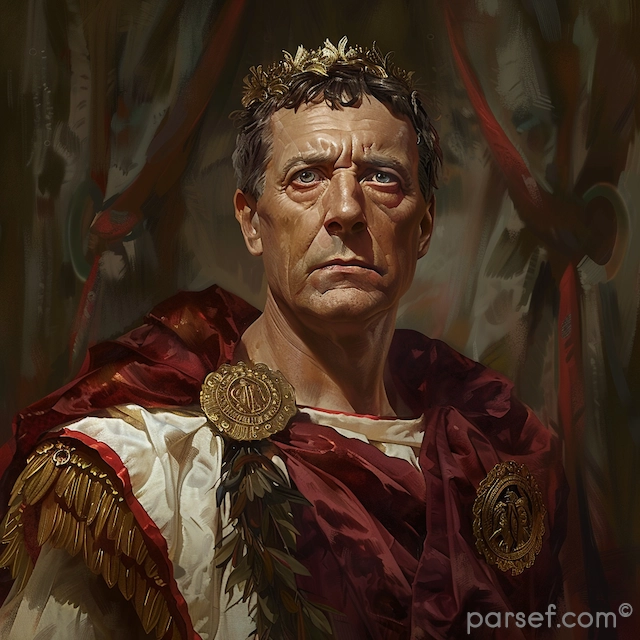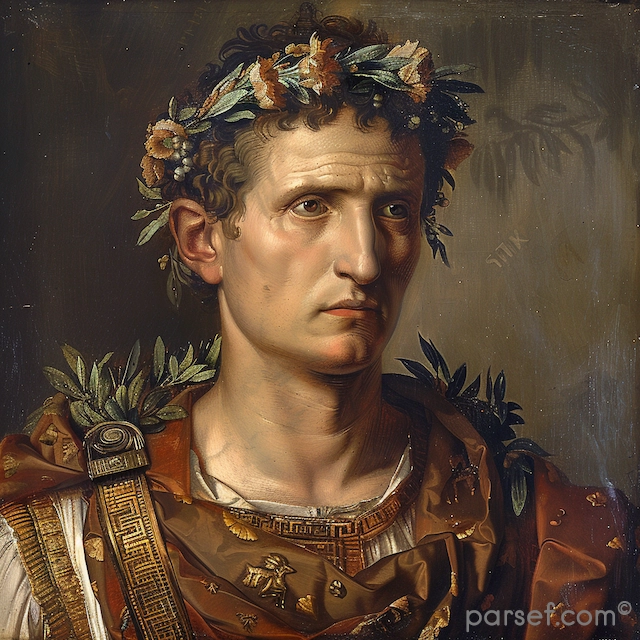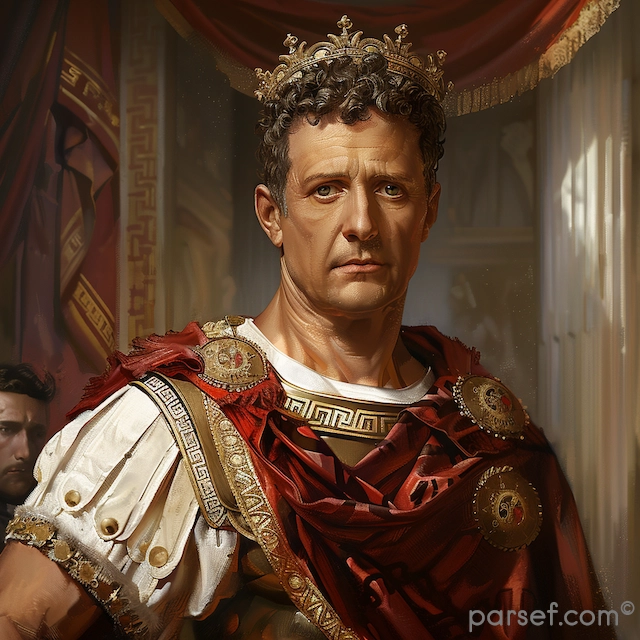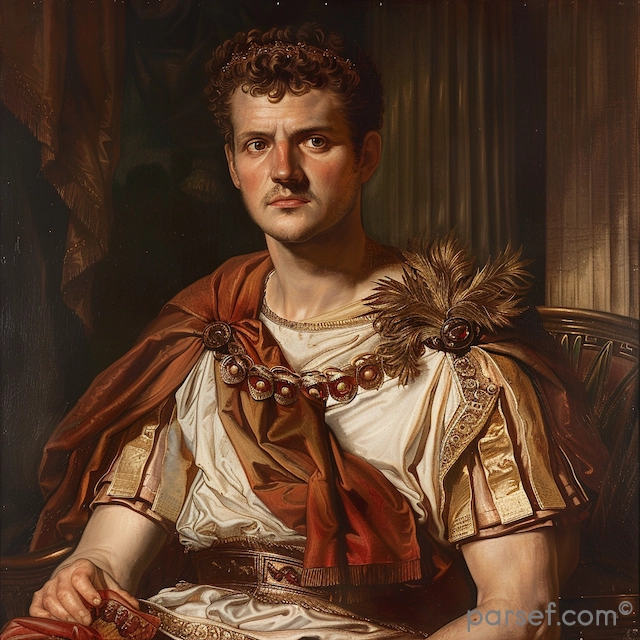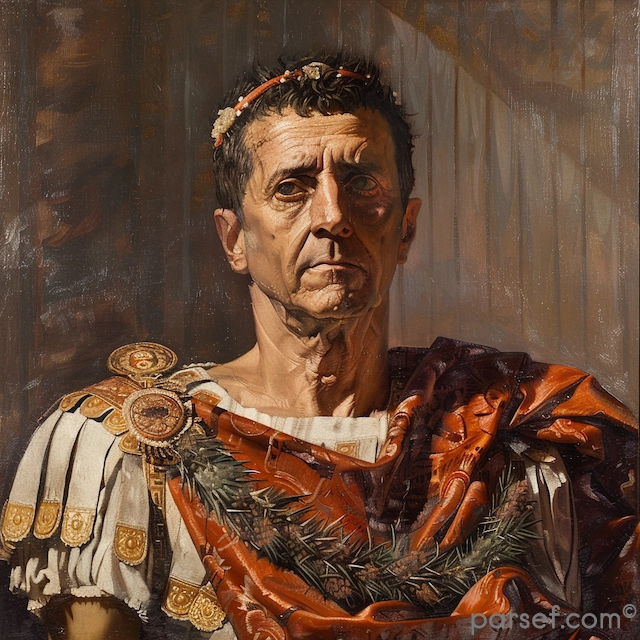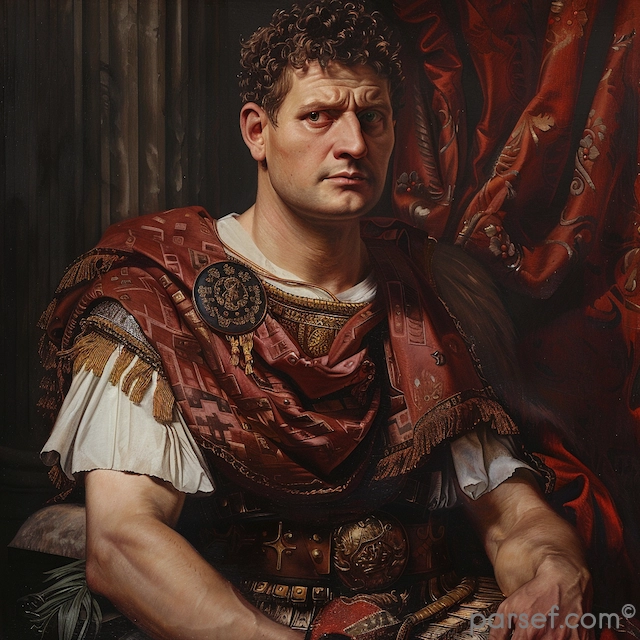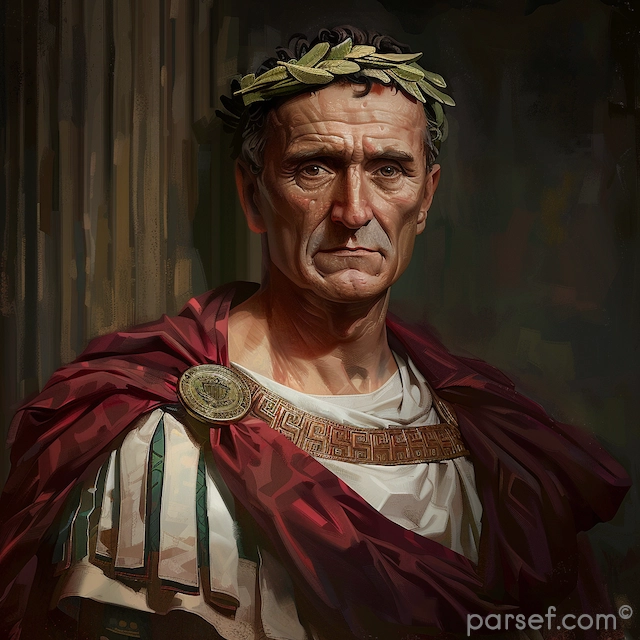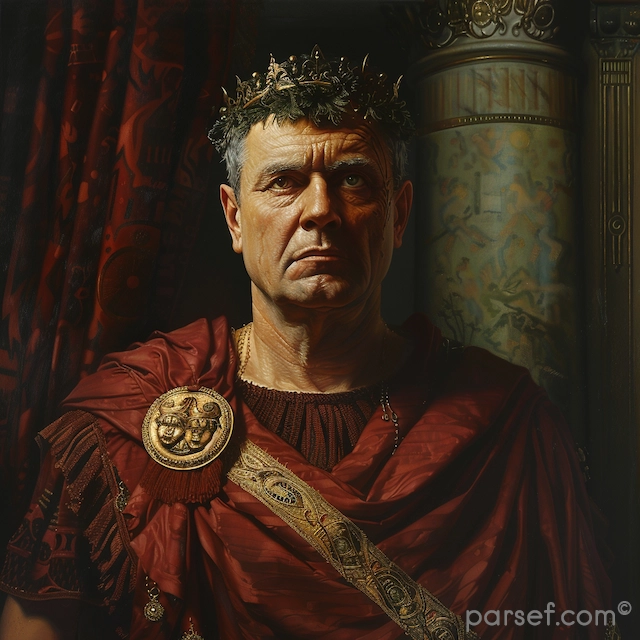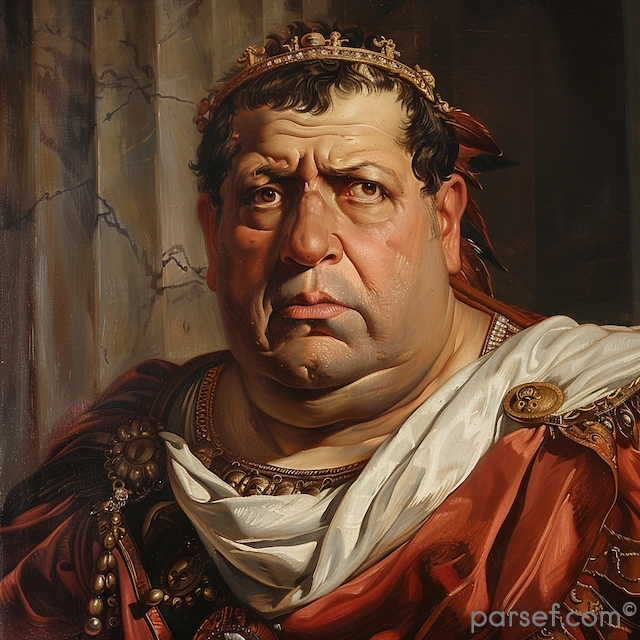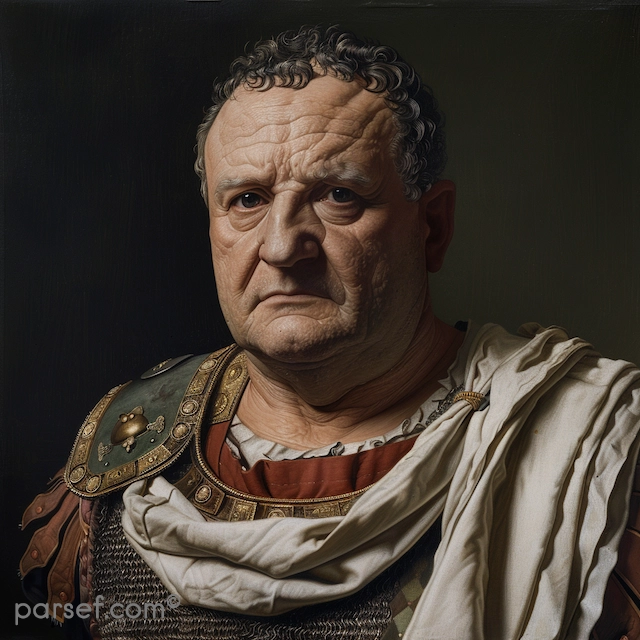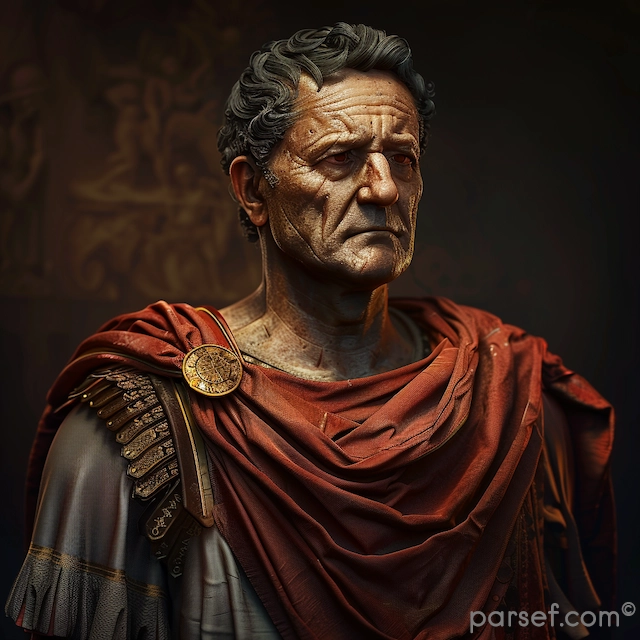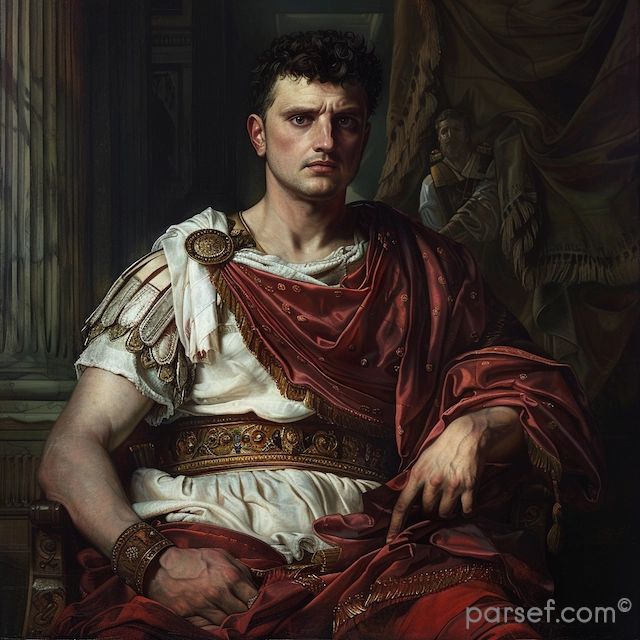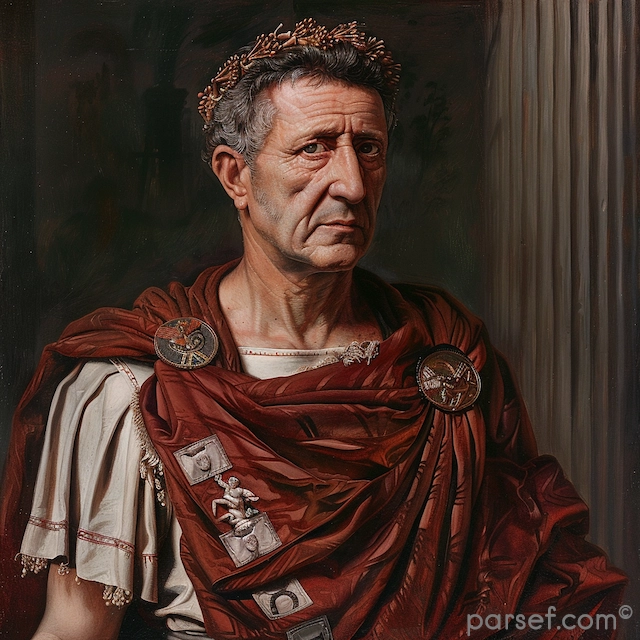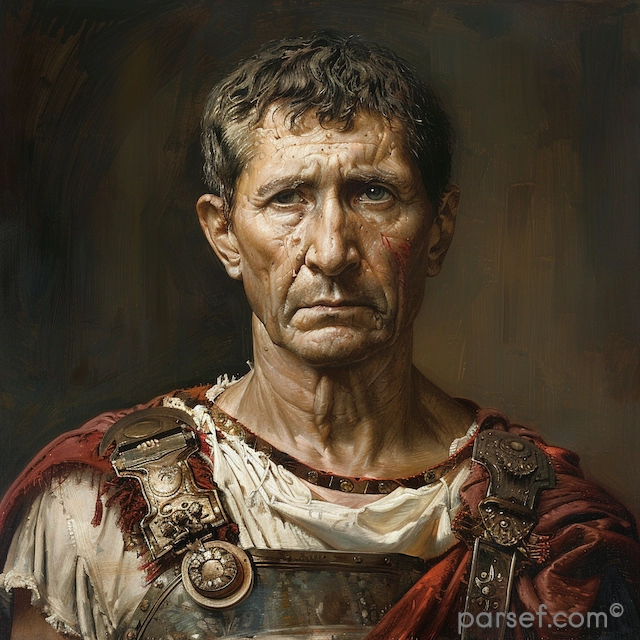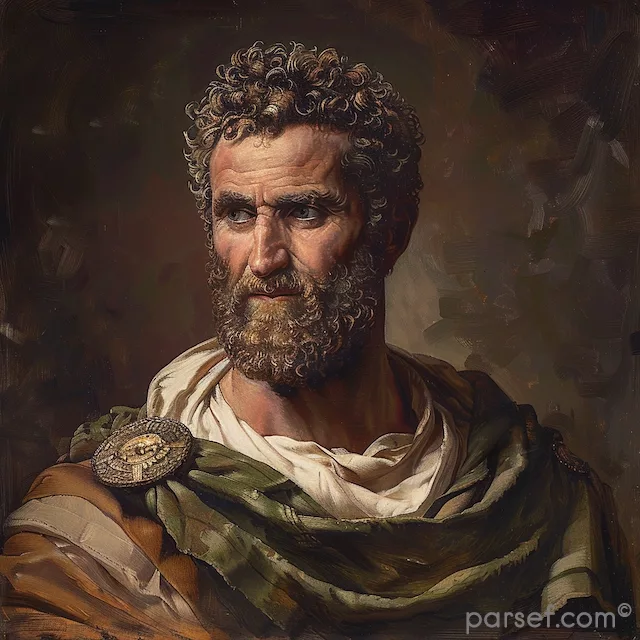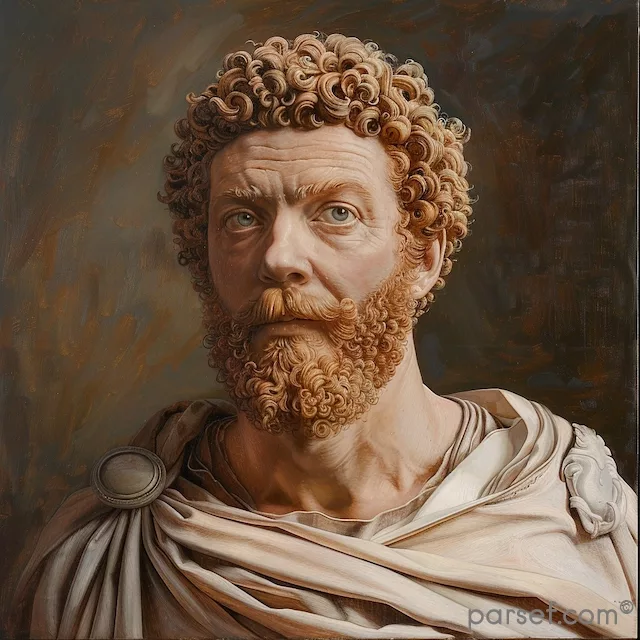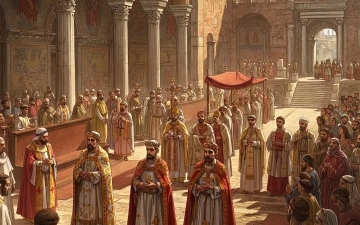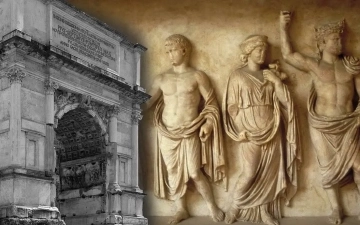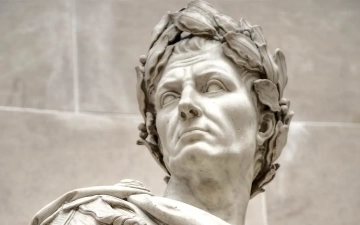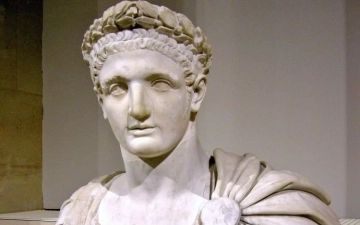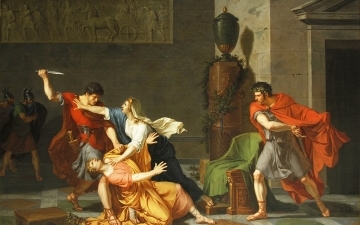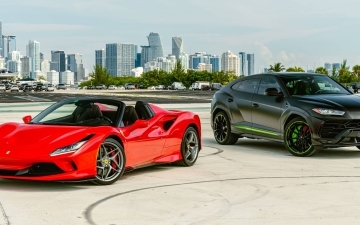A Journey Through Time: Mapping Ancient Rome and Jerusalem
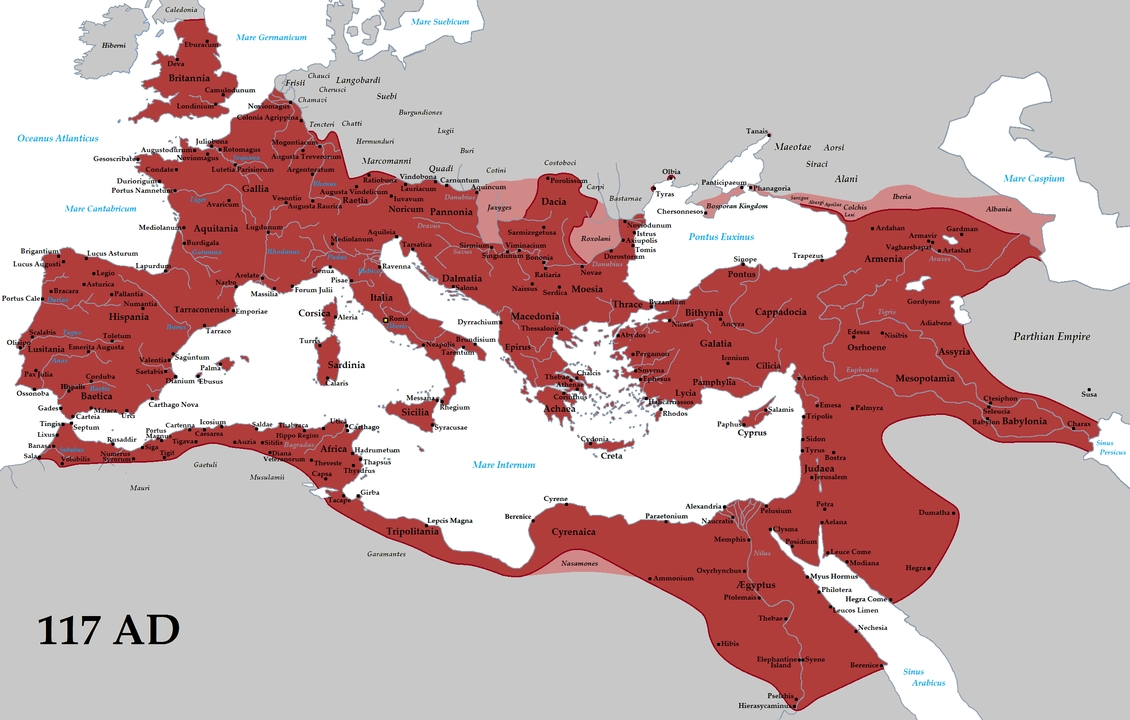
For centuries, Rome and Jerusalem have captivated historians and travelers alike. These two powerful cities, though geographically distant, were intertwined throughout much of their ancient history. But how close were they? Let's explore maps depicting these ancient cities and their respective empires.
The Mediterranean World: A Roman Sea
During the height of the Roman Empire, the Mediterranean Sea served as a vital trade route. A map of the Roman Empire at its greatest extent (roughly 1st-2nd centuries CE) would show Rome at the center, with its dominion stretching across Europe, North Africa, and parts of the Middle East. Jerusalem would be a speck within the Roman province of Judea.
A Closer Look: Judea Under Roman Rule
Zooming in on the eastern Mediterranean, a map of Judea during the Roman era (1st century BCE to 4th century CE) would depict Jerusalem as the political and religious center of the region. Roman roads connected Jerusalem to other major cities within the province, facilitating trade and troop movement.
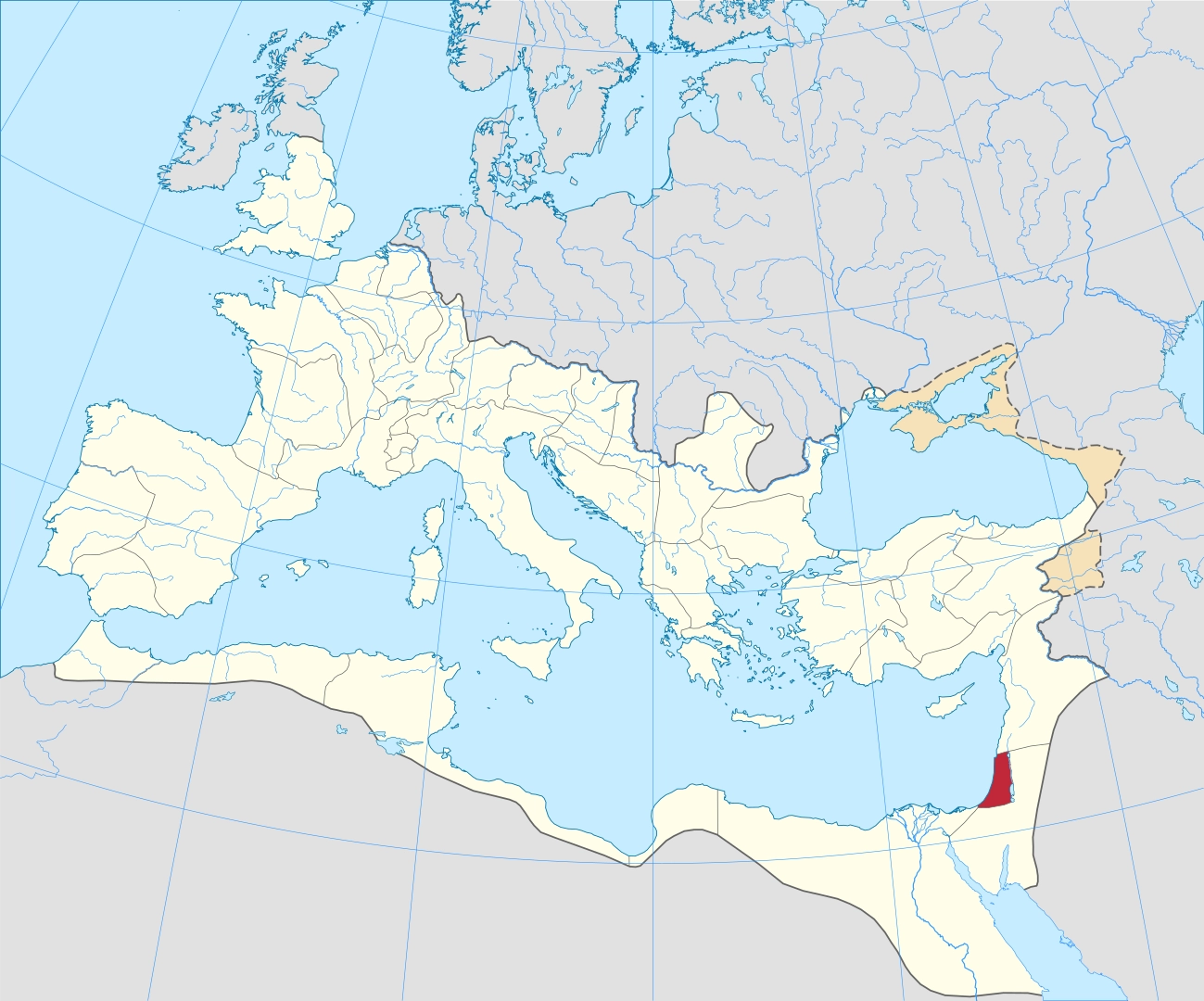
Separate Cities, Shared History
While Rome and Jerusalem weren't exactly neighbors, their paths crossed in significant ways. The Roman conquest of Judea in 63 BCE significantly altered Jerusalem's history. Roman administration, architecture, and culture all left their mark on the city. The destruction of the Second Temple in Jerusalem by the Romans in 70 CE stands as a defining moment in Jewish history.
Exploring the Past: Resources for Further Discovery
For history buffs interested in a deeper dive, numerous resources are available online and in libraries. The Peutinger Map, a Roman roadmap dating back to the 3rd or 4th century CE, offers a fascinating glimpse into the ancient world, though Jerusalem itself is not depicted.
Additionally, archaeological excavations in both Rome and Jerusalem continue to unearth new artifacts and shed light on the lives of those who inhabited these ancient cities.
Whether you're a history buff or simply curious about the connections between different cultures, exploring maps of ancient Rome and Jerusalem offers a glimpse into a world where empires rose and fell, leaving behind a rich legacy that continues to resonate today.
Related Posts
Roman Emperors and the Importance of the Catholic Jubilee of 2025
Throughout history, Roman emperors have played a crucial role in shaping the world, particularly in their influence over politics, religion, and culture. Their legacy continues to resonate today, especially in the traditions of the Catholic Church. One such tradition is the Catholic Jubilee, a sacred year of forgiveness, renewal, and...
Read MoreVespasian: Rebuilding Rome and the Legacy of the Flavian Dynasty
The Roman Empire has seen its share of dynasties and emperors, but few have left as lasting a legacy as Vespasian and the Flavian Dynasty. Vespasian, the founder of this dynasty, rose to power during a time of turmoil and financial crisis and proceeded to transform Rome. In this article,...
Read MoreAugustus: The Architect of Imperial Rome’s Golden Age
In the grand tapestry of ancient Rome's history, one name stands out as a pivotal figure who played a transformative role in shaping the destiny of an empire. That name is Augustus, the first Roman Emperor, whose reign marked the beginning of a remarkable era known as the Pax Romana...
Read MoreDomitian: The Last of the Flavian Emperors and His Reign of Terror
In the annals of Roman history, the reign of Domitian, the youngest son of Vespasian and the last of the Flavian emperors, is often remembered as a time of tyranny, repression, and political intrigue. Domitian's rule, which lasted from 81 to 96 CE, stands in stark contrast to the relative...
Read MoreGeta: The Tragic Co-Emperor Whose Life Was Cut Short by Fraternal Rivalry
Geta, the younger son of Septimius Severus, is a figure largely overshadowed by his more domineering brother, Caracalla. Often relegated to the role of the quiet, less ambitious sibling, Geta’s life was tragically cut short by a family feud that shook the Roman Empire to its core. Unlike his brother, Geta...
Read MoreDrive the Magic: Why Renting a Car in Miami is the Key to Unlocking the Best of the City
Miami isn’t just a city—it’s a vibe. With its sun-drenched beaches, pulsing nightlife, exotic cuisine, and vibrant cultural districts, it’s a place that begs to be explored. But here’s the truth: Miami wasn’t made to be experienced from the back seat of a cab or behind the window of a...
Read More